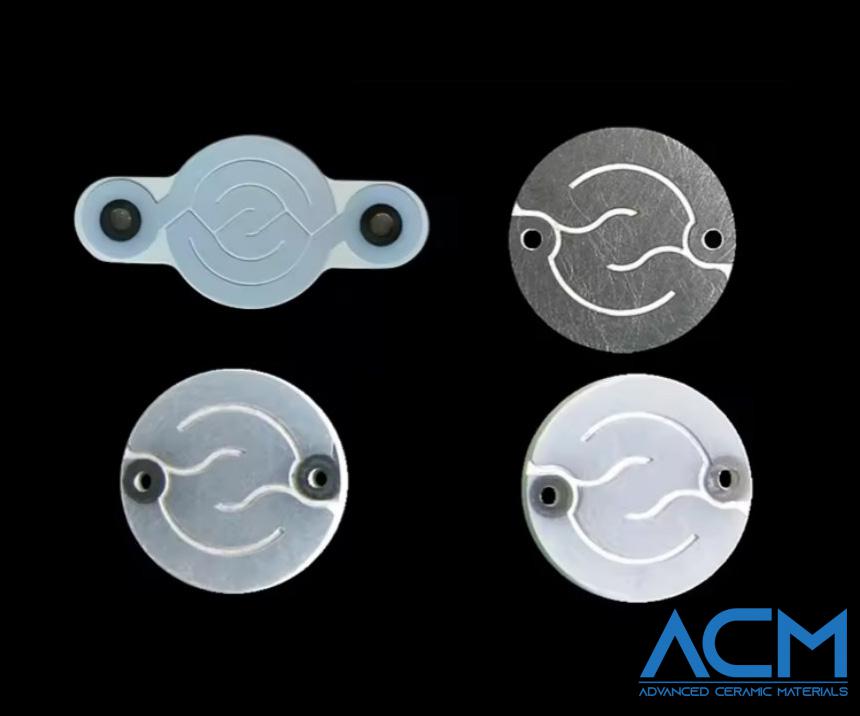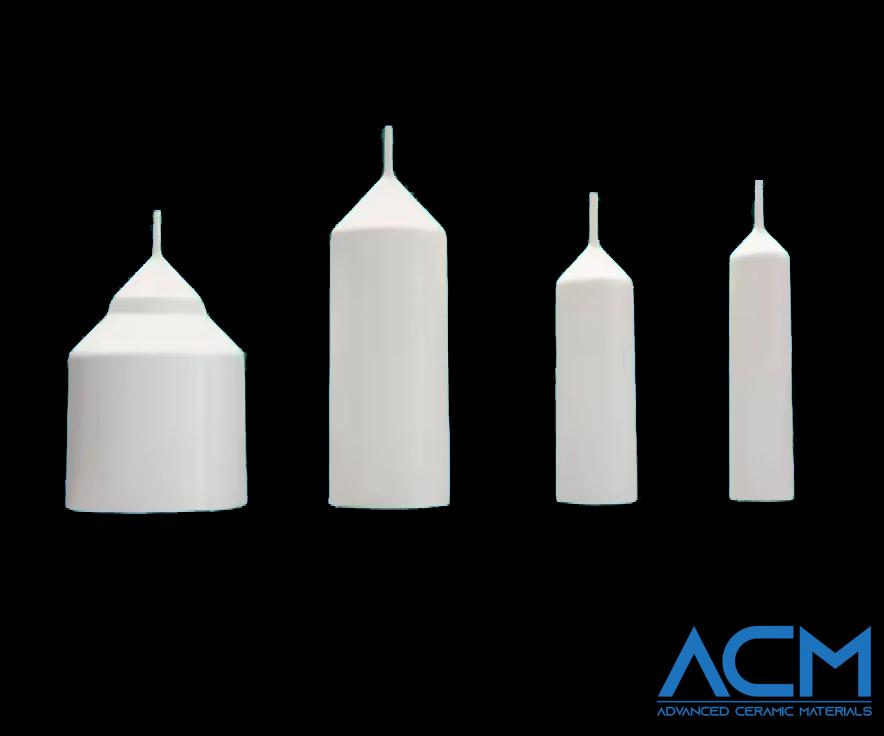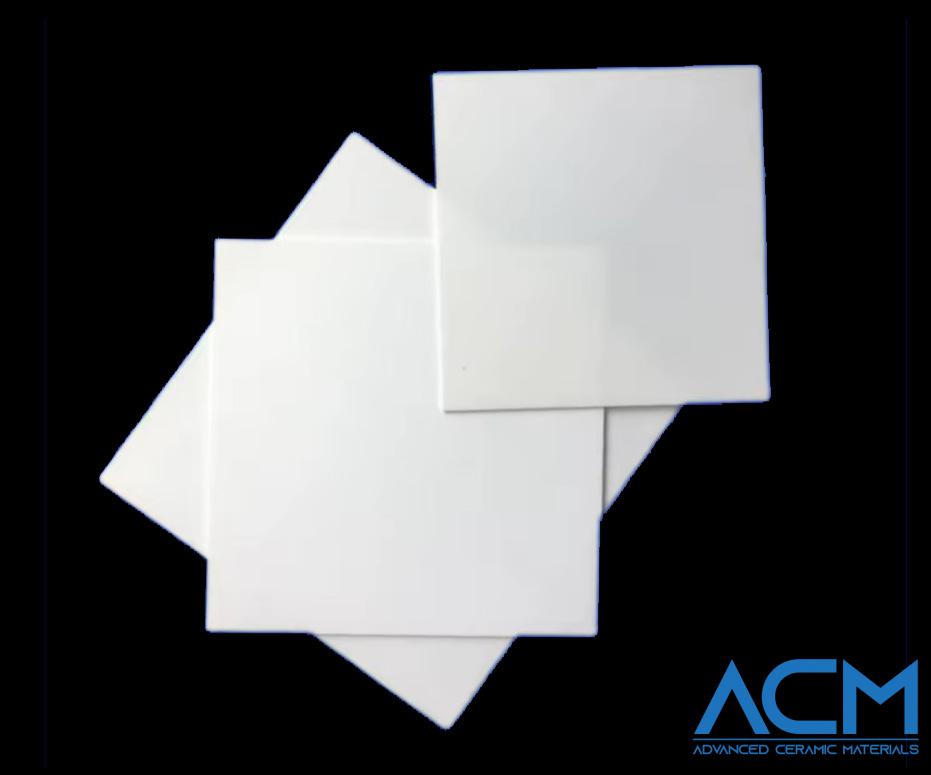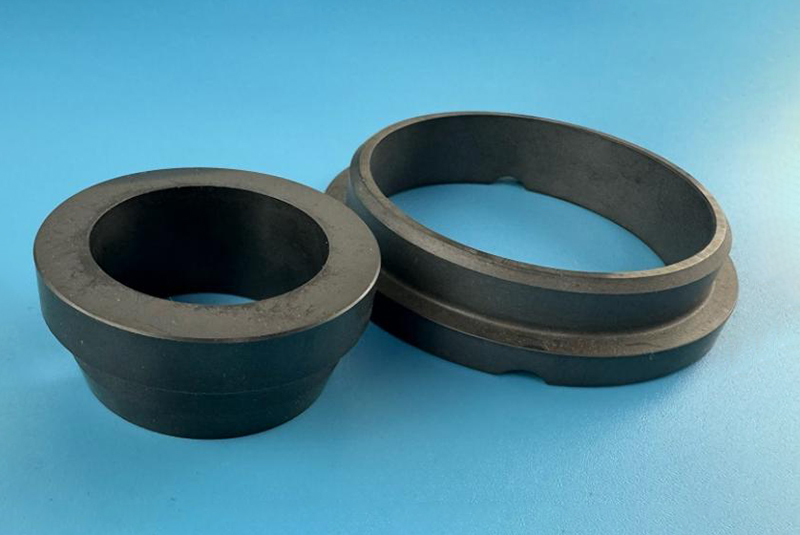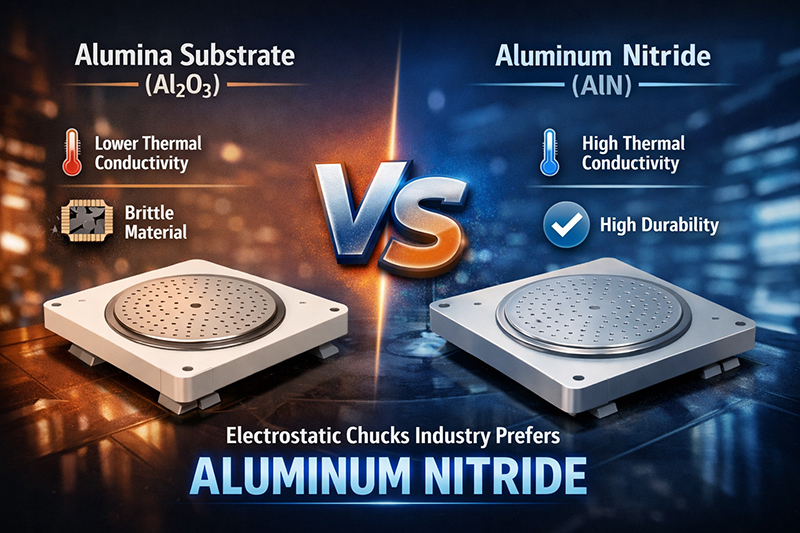6 Popular Uses of Ceramic Materials in Daily Life & Industry
Ceramics are far more than just pottery and tiles. They are a fundamental class of materials that silently enable our modern lives, from the buildings we live in to the smartphones we can't live without. While traditional ceramics like brick and glass form our physical world, advanced engineering ceramics are the hidden force behind today's technology. Below, we explore six key uses of ceramic materials, connecting everyday items you recognize with the specialized materials that make them possible.
1. Clay & Porcelain: The Art and Structure of Daily Life
From the porcelain mug you drink from in the morning to the bricks that make up the city skyline, clay-based ceramics are among the oldest and most constant materials in human civilization. There are mainly two kinds. All these are broadly classified into two kinds of clay products: structural products and whiteware. They are increasingly used in decorative tiles, modern kitchenware, designer pottery, and architectural art installations.
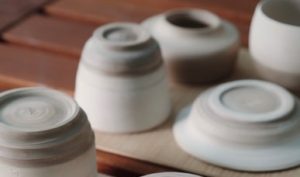
2. Glass: The Transparent Ceramic We Look Through
Windows, smartphone screens, drinking glasses—we are surrounded by a unique type of non-crystalline ceramic: glass. Starting from windows, glass containers, mirrors, and lenses to glass mugs and decorations, glasses are a common group of ceramics, and they offer many benefits known to man. Glasses are typically non-crystalline silicates that contain other oxides, such as calcium oxide, sodium oxide, potassium oxide, and aluminum oxide. These components influence the properties and color of the glass.
Glass-ceramics are typically polycrystalline materials manufactured by controlled crystallization of base glass. There are different types of ceramic glasses, from the glass jars in your kitchen to the bottles holding your drugs; you'll find a wide variation in the use of ceramics as glasses in your home. They are also applied in stovetops, laboratory glassware, fiber optic components, and smartphone screens.
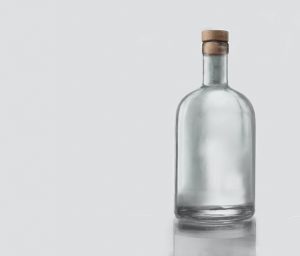
3. Cement: The Invisible Ceramic Binder
The concrete that defines our urban landscape relies on a crucial ceramic binder: cement. Cement is known to form slurries, which quickly solidify when mixed with water. This means that any shape can be formed from cement. The materials are typically also utilized to bond construction bricks. Note that concrete is not exactly ceramic since it is a combination of sand and cement. The mixture only solidifies upon the addition of water; the cement reacts, forming a ceramic-like structure that holds the composite particles together. The strength of the concrete is gained from a reaction between the water and the cement. Modern cement-based ceramics are used in precast concrete panels, lightweight composites, and sustainable green building materials.
4. Abrasives: The Ceramics That Smooth and Cut
The "teeth" behind smooth metal finishes and polished gemstones are often incredibly hard ceramic particles, such as diamond or silicon carbide. Common examples of abrasive ceramics are diamond, silicon carbide, tungsten carbide, silica sand, aluminum oxide, etc. They also have refractory properties, which make them resistant to extreme situations, such as high temperatures. Abrasive ceramics are tough and have high wear resistance. These materials are used in grinding wheels, cutting tools, sandblasting, and precision polishing for metal, glass, and semiconductor industries.
5. Refractories: The Ceramics That Contain Extreme Heat
Behind every high-temperature process, from a household oven to an industrial steel furnace, lies a class of unsung hero materials: refractory ceramics. These are ceramic materials designed to withstand extreme temperatures (typically above 1,000°F), which are found in modern manufacturing. Refractories serve as heat-resistant insulators lining the hot surfaces found in a number of industrial processes. Refractories can withstand these very high temperatures without melting or decomposing. Besides, they are inert in such environments, meaning that they will not interact with the reacting components.
Refractories are made from both natural and synthetic materials. This can be nonmetallic or a combination of different substances, such as alumina, bauxite, dolomite, magnesite, silicon carbide, zirconia, etc. Generally, refractories are classified into two broad categories: preformed shapes (also known as specialty and monolithic refractories) and refractory ceramic fibers. The refractory ceramic fibers are similar to residential insulation. However, they insulate at relatively higher temperatures. They are also widely used in furnace linings, high-temperature kilns, crucibles, and thermal barrier coatings in industrial equipment.
6. Advanced Ceramics: The Engine of Modern Technology
The most transformative role of ceramics is as advanced engineering materials, driving innovation in electronics, transportation, and healthcare. Advanced ceramics are usually explored for their electrical, magnetic, and optical properties. They are used in heat engines, nuclear reactors, armor plates, and electronic packaging. Examples of advanced ceramic materials include titanium oxide (TiO2), titanium boride (TiB2), uranium oxide (UO2), diamond, aluminum nitride (AlN), yttrium aluminum garnet (YAG, Y3Al5O12), zirconia (ZrO2), silica (SiO2), silicon carbide (SiC), aluminum oxide, etc.
From the familiar to the cutting-edge, ceramics are indispensable to our world. As a leading manufacturer, Advanced Ceramic Materials (ACM) provides these essential materials—from basic oxides to advanced non-oxides—supporting innovation across industries including aerospace, electronics, and medical technology. Explore our materials to power your next project.
{{item.content}}
LEVE A REPLY
{{item.children[0].content}}
{{item.content}}
LEAVE A REPLY
SUBSCRIBE OUR NEWSLETTER
- AlN Ceramic Substrates: Enabling Next-Gen Electrostatic Chucks
- The Amor of Semiconductor Tools: Why High-Purity Al2O3 & AlN Are Preferred for Plasma Process Chambers
- Silicon Carbide - Ultra-High Temperature Ceramics for Extreme Environments
- Aluminum Oxide Ceramics: Properties and Applications
- Boron Nitride Coatings: The Solution for Molten Metal Applications









